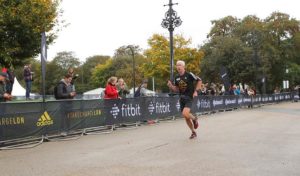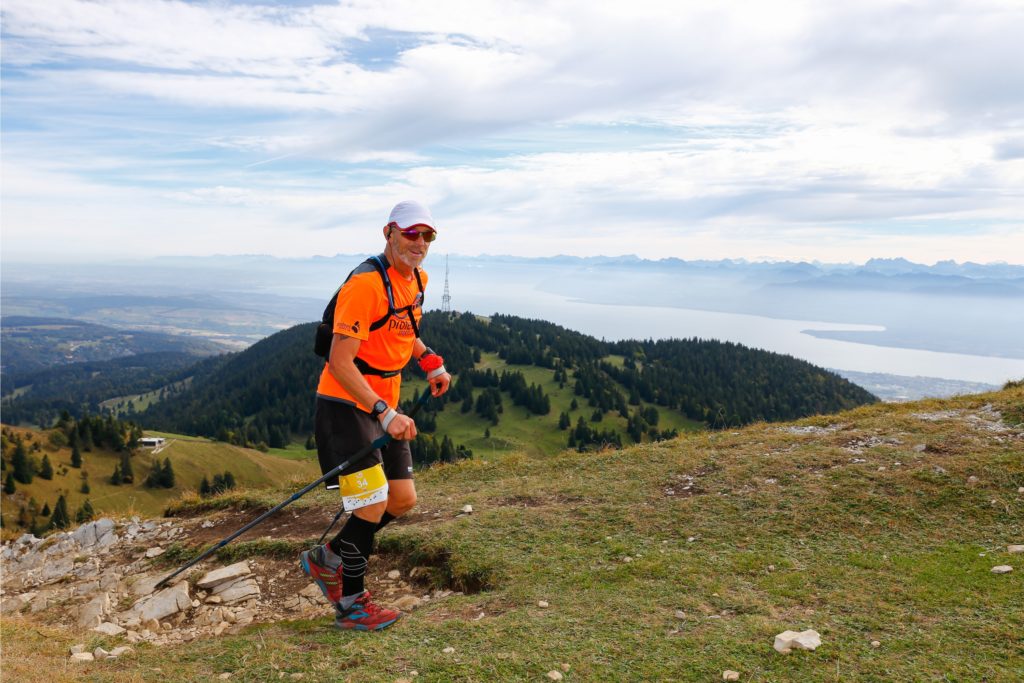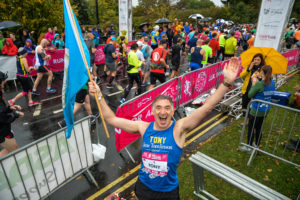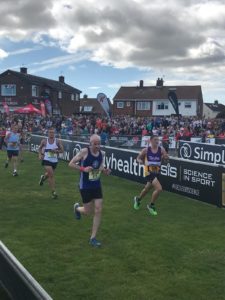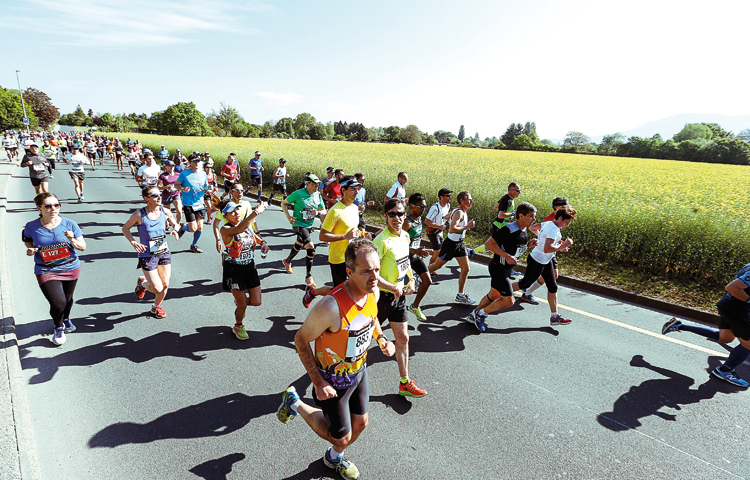
As my plane leaves Gatwick Airport for Geneva, the two passengers next to me are laughing. “Can you believe I nearly got Euros out?” one of them says. Her friend laughs. I laugh – but in that small way that is actually a real-time expressing of your inner-moron.
I got Euros.
Geneva is, of course, in Switzerland. Home of the private bank, the fondu and, alas, the Swiss Franc. It is a city that, until now, I’d imagined expensive and boring. Turns out, it is expensive, but it’s also enchanting – especially on a warm weekend in early May.
I was there to run the Harmony Geneva Half Marathon for Unicef, a reportedly flat course where 50% of last year’s entrants managed to run a PB. The race was on the Sunday morning so I’d flown out Friday evening to make the most of it.
Geneva is the kind of place that regularly features in the top 10 of those ‘Most Liveable Cities’ lists. With classic Swiss precision, it takes exactly seven minutes on the train from airport to city centre. What’s more, the journey is free. All visitors to the Swiss Capital are entitled to an open train pass, which lasts 80 minutes, to get them from the airport to their hotel.
Mine is a few streets back from Lake Geneva, at the centre of which is Switzerland’s proudest landmark: the Jet d’Eau. This 140-metre-high fountain is one of the tallest in the world, pumping out some 500 litres of water per second.
It’s impressive, but I’m more taken with the lake itself. It’s greenish blue hue gives it a tranquil lagoon-like quality. What a beautiful place to build a city.
I put Euro-gate behind me, vow to stop berating myself for having bought the wrong plug adapter at the airport, and walk off into the sunset.
Poetry in motion
The next day I take a paddleboarding class on the lake. The Canadian on a board next to me points out a house on the side of a hill. That was Lord Byron’s villa, he says. Both Byron and Shelley spent a summer here in 1816 – supposedly the same summer Mary Shelley wrote Frankenstein.
On the other side of the lake, some local young guys are slacklining between two jetties.
On Sunday morning I’m up with the lark. The half marathon starts at 8.30am (two hours before the marathon), a short tram ride out of the city. It’s the third of five events that make up the weekend.
I spent the night before having dinner with some other runners in one of the countryside villages along the 10K course. Before that had been a junior’s race and a women-only Genevoise (6.5K).
If you were looking for a way to persuade the whole family to come and support you, the race organisers have done their bit to help you out.
I’m feeling good as I make my way through the crowds to the start line.
The course has 25% less elevation than last year, so it should be even faster.
The gun goes: we’re off. For the first 10K we run through a mix of what feels like municipal buildings, tree-lined avenues and farmers’ fields. Glorious.
By halfway, we’re starting to come through pretty villages and pockets of locals who’ve turned out to cheer us on.
Physically, however, I’m flagging: I was hoping for a big PB but realise I will settle for anything sub-1:30. I resolve, instead, to enjoy the course.
This isn’t difficult. By the last third of the half marathon you’re flying downhill into the city, a welcome cooling breeze coming off the lake on your right-hand side.
I make it home in 1:29:01, knowing the course deserved better of me but content now to kill an hour with a coffee near the finish line, waiting to see the elite marathoners arrive.
Julius Chepkwony wins the men’s in 2:11:11 (11 seconds off the course record) and Jane Kiptoo is first woman in 2:35:04 and eighth overall. There is a considerable gap between the top elites nand the mortals.
A strong club runner could come here and finish top 10. But, as I look back over the weekend, I feel like that’s missing the point. The Harmony Geneva Marathon isn’t billing itself as the next big thing.
It’s saying, “Come and enjoy our city for the weekend – and bring the family.”
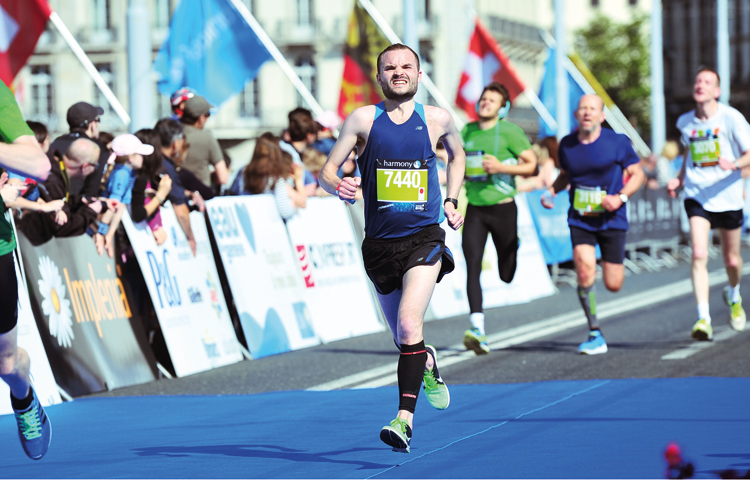
George remembers he left his plug adaptor at home



